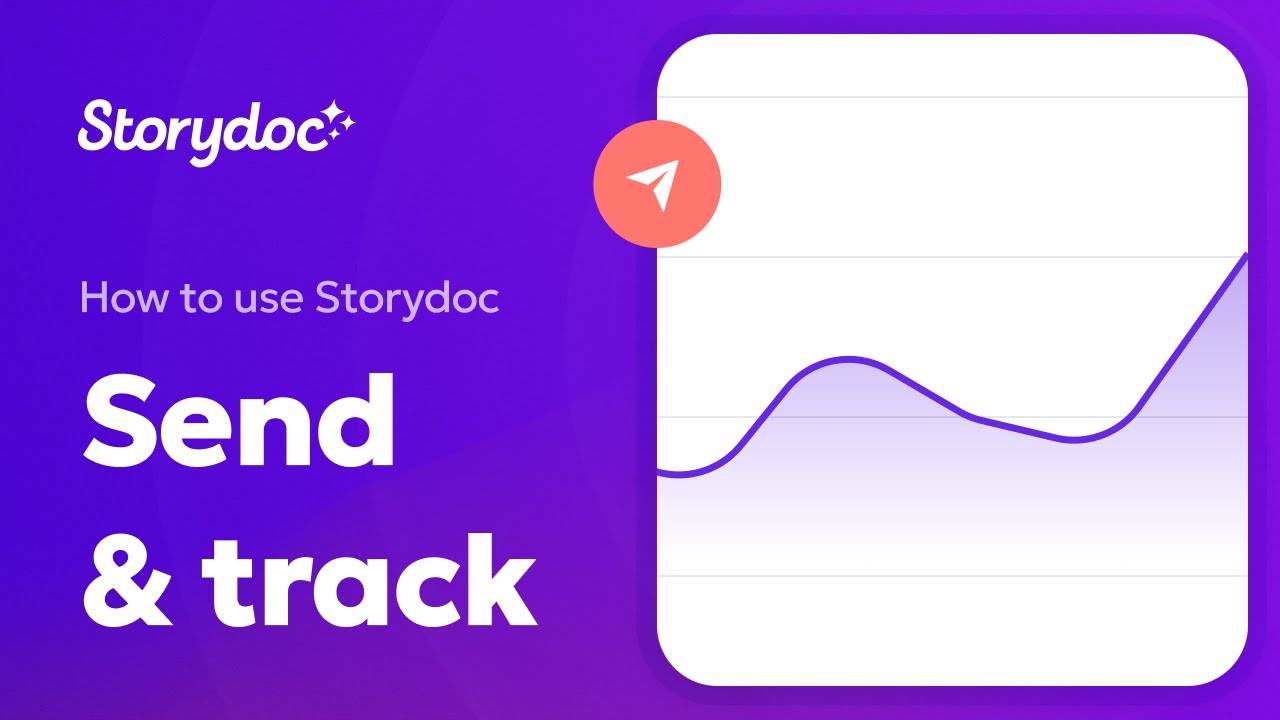Social Media Kit: What It Is & How to Make It (+Templates)
Learn what is a social media kit, how to build and use a social media media kit, and get effective media kit templates to create your own right away.


Learn what is a social media kit, how to build and use a social media media kit, and get effective media kit templates to create your own right away.
Short answer
Brand guidelines: This includes your brand’s color scheme, fonts, and logo usage, ensuring everything you post is unmistakably you.
Profile descriptions: Tailored descriptions for different platforms that reflect your brand’s tone and style.
Audience demographics: Insight into who your followers are, which can help tailor your content to the right crowd.
Performance metrics: A summary of key statistics like follower growth, engagement rates, and top-performing content.
Visual assets: High-quality images, templates, and graphics that keep your posts looking professional and cohesive.
Content calendar: A schedule of what to post and when, helping you plan out your posts efficiently and effectively.
Sample posts: Examples of past posts that have performed well, serving as inspiration for future content.
Contact information: Where and how potential partners or advertisers can reach out to collaborate with your brand.
NOTE: If you're looking for more information about influencer kits, read our blog post on how to create an influencer media kit, complete with successful media kit examples.
Enhancing brand consistency: The kit includes your brand’s visual and text guidelines, ensuring everything you post reinforces your identity.
Streamlining content creation: With templates and ready-to-go assets in your kit, you can whip up consistent, eye-catching content in no time.
Boosting engagement: Quality, cohesive content from your kit can draw more followers and spark more interactions on your posts.
Easing team collaboration: When your whole team uses the same kit, it keeps your brand's look unified across all channels and makes working together smoother.
Attracting partnerships: A slick, professional social media presence can catch the eye of potential business partners and sponsors.
Tracking performance: Kits often come with tools to track engagement and analyze content effectiveness, helping you tweak your strategy for better results.
A brand media kit is a collection of materials that provides an overview of a business, individual, or event, mainly for the press and potential advertisers. It typically includes press releases, biographies, fact sheets, and high-resolution images.
A social media kit, on the other hand, is tailored for online engagement. It focuses on ensuring brand consistency across social platforms and includes elements like engagement metrics and content calendars to boost social media marketing efforts.
Stop losing opportunities to ineffective presentations.
Your new amazing deck is one click away!










Where to find good-looking social media kit templates?
Creating a social media kit from scratch takes time. You have to nail the branding and ensure everything looks just right on every device.
Interactive social media kit templates handle the hard work, freeing you up to focus on more important tasks. They’re all built based on insights from over 100K presentation sessions, so they really know what clicks and what misses the mark.
Just grab one.